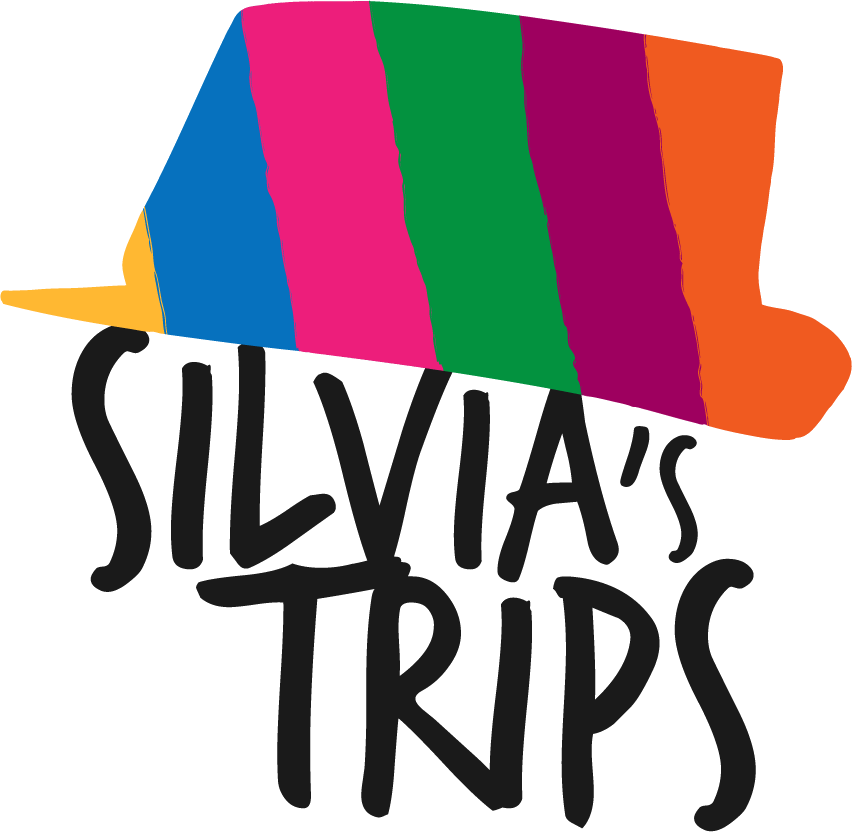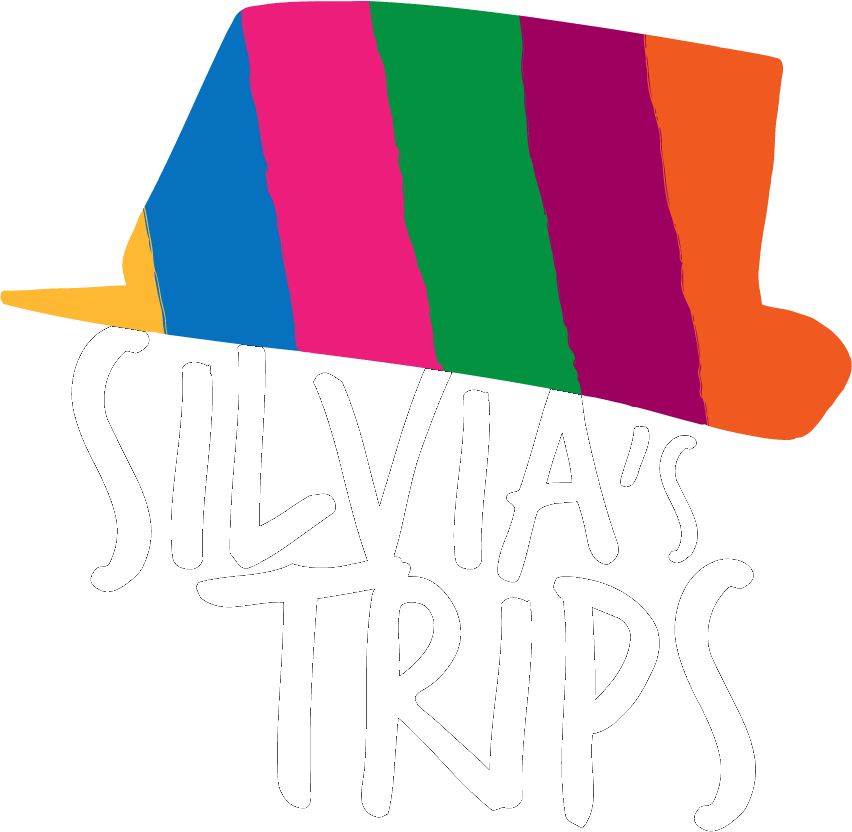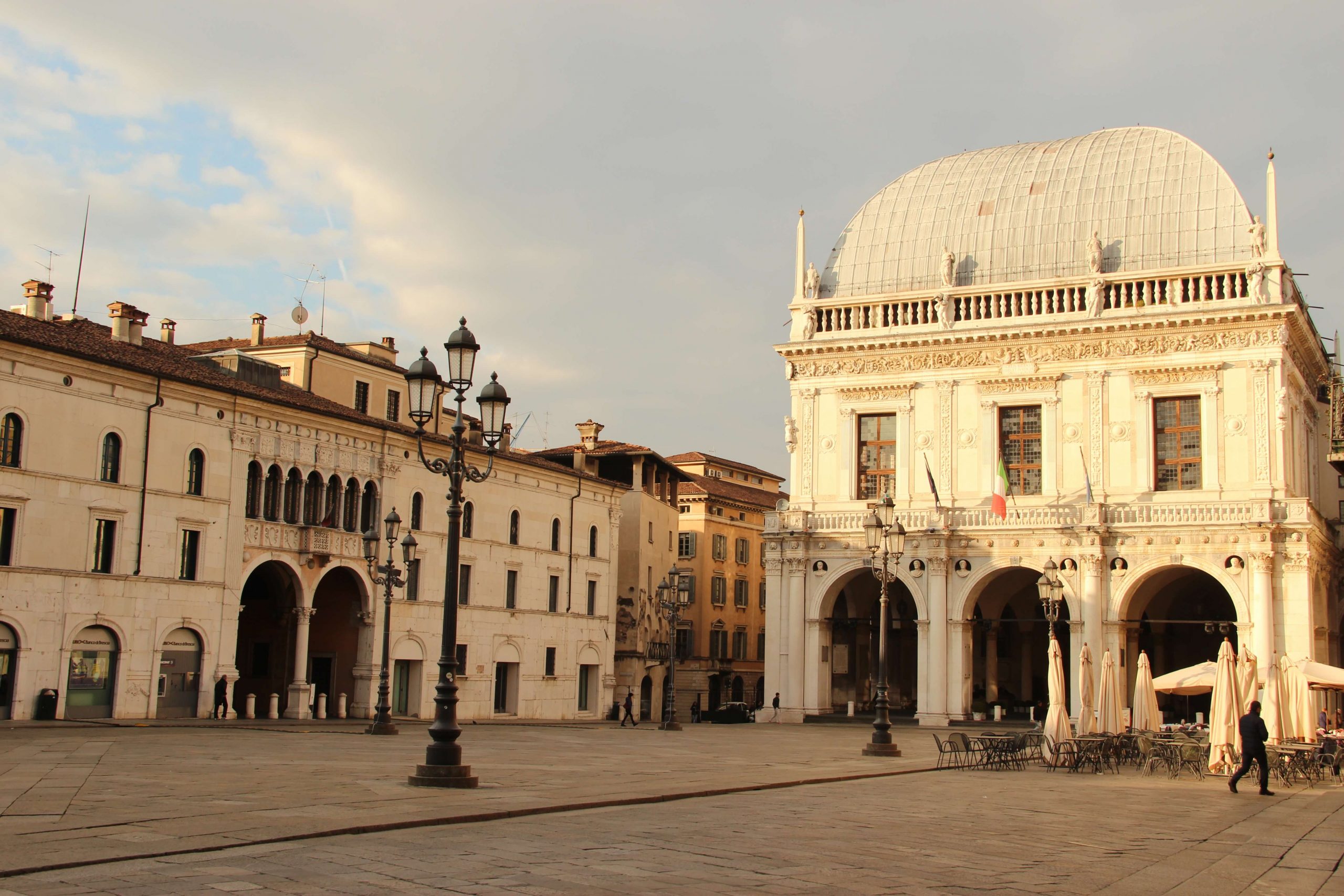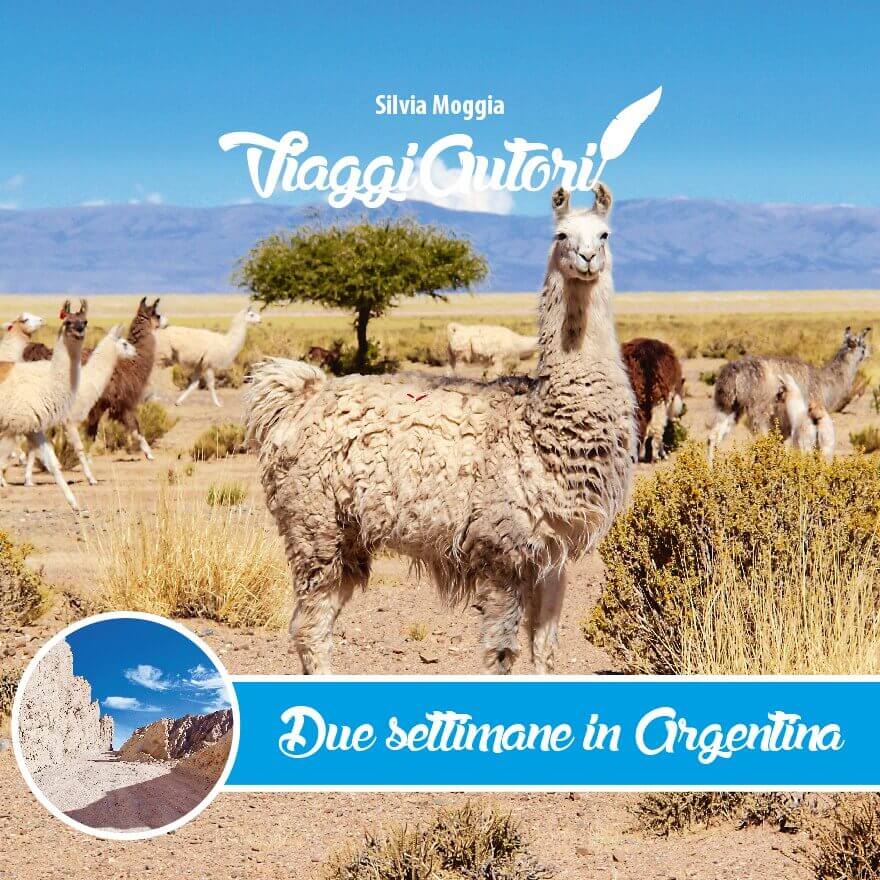My most beautiful travel experiences result from coincidences, encounters, and chats with other travellers, and Brescia is no exception. In early November, while visiting London WTM, I met Armando. He told me about his city with so much love and passion that I couldn’t help but add it to my bucket list. A month later, I got off the train at Brescia’s station.
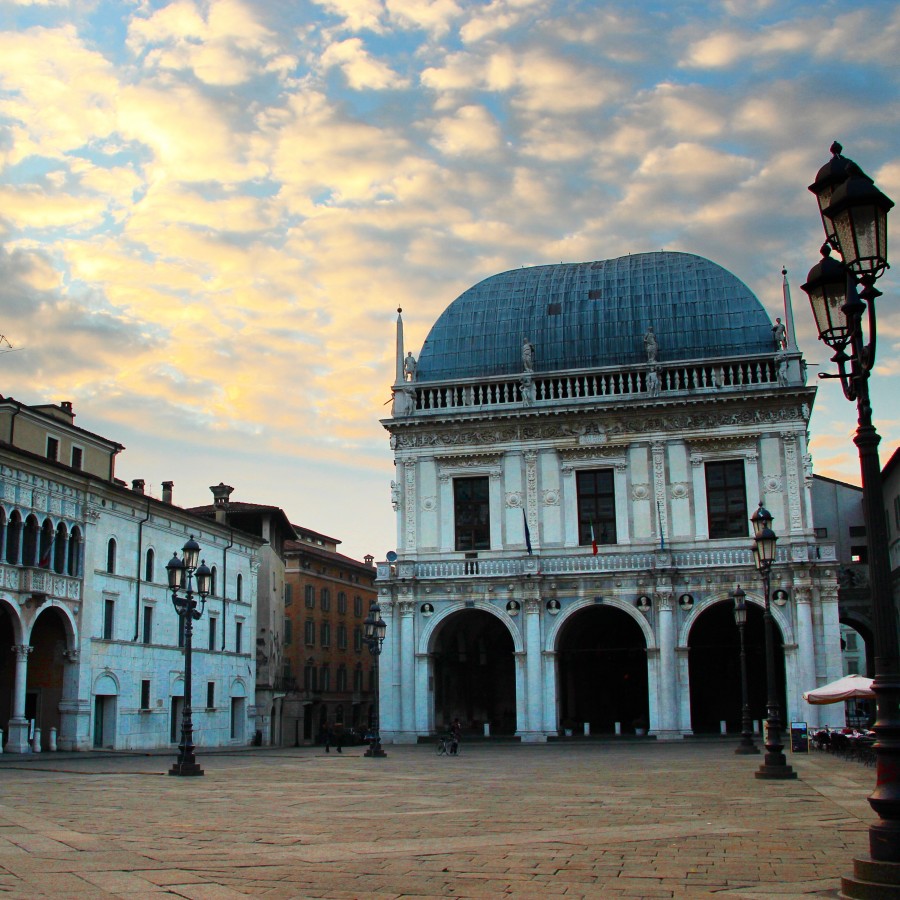
Before my chat with Armando, I knew nothing about Brescia except that the people’s accent is quite marked. Therefore, I tend to absorb it and repeat it involuntarily and with considerable embarrassment. Then, I had a vague image of an engineering city nestled in a foggy lowland.
It was nothing that charming, actually. But if the meeting in London inspired me, the one with the city struck me so much that I didn’t want to leave so quickly! Brescia is definitely a town to visit in Italy!
About Brescia
A famous Italian song says, “We are our history,” and it’s so true that I always thought we better learn it. Visiting Brescia offers an insight into an essential and considerable historical period.
In Brescia lived the Ligures, followed by the Gauls, the Romans, various barbarian invaders, and then the Lombards and the Venetian Doges, until the most recent fascist Republic of Salò (to sum it up…).
All of these settlements, colonies, duchies, and republics have left their mark, and strolling through the medieval streets and then looking up and finding yourself in a Renaissance square dominated by a baroque church very close to an aesthetically perfect fascist building seems to be something relatively trivial in Brescia.
The inhabitants also used to pass a few dozen meters from an impressive Roman temple to a Lombard monastery built in a rich residential district of Ancient Rome and then developed during the Renaissance, all at the foot of the Visconti castle … maybe this is why the UNESCO declared so many sites of Brescia “World Heritage”?


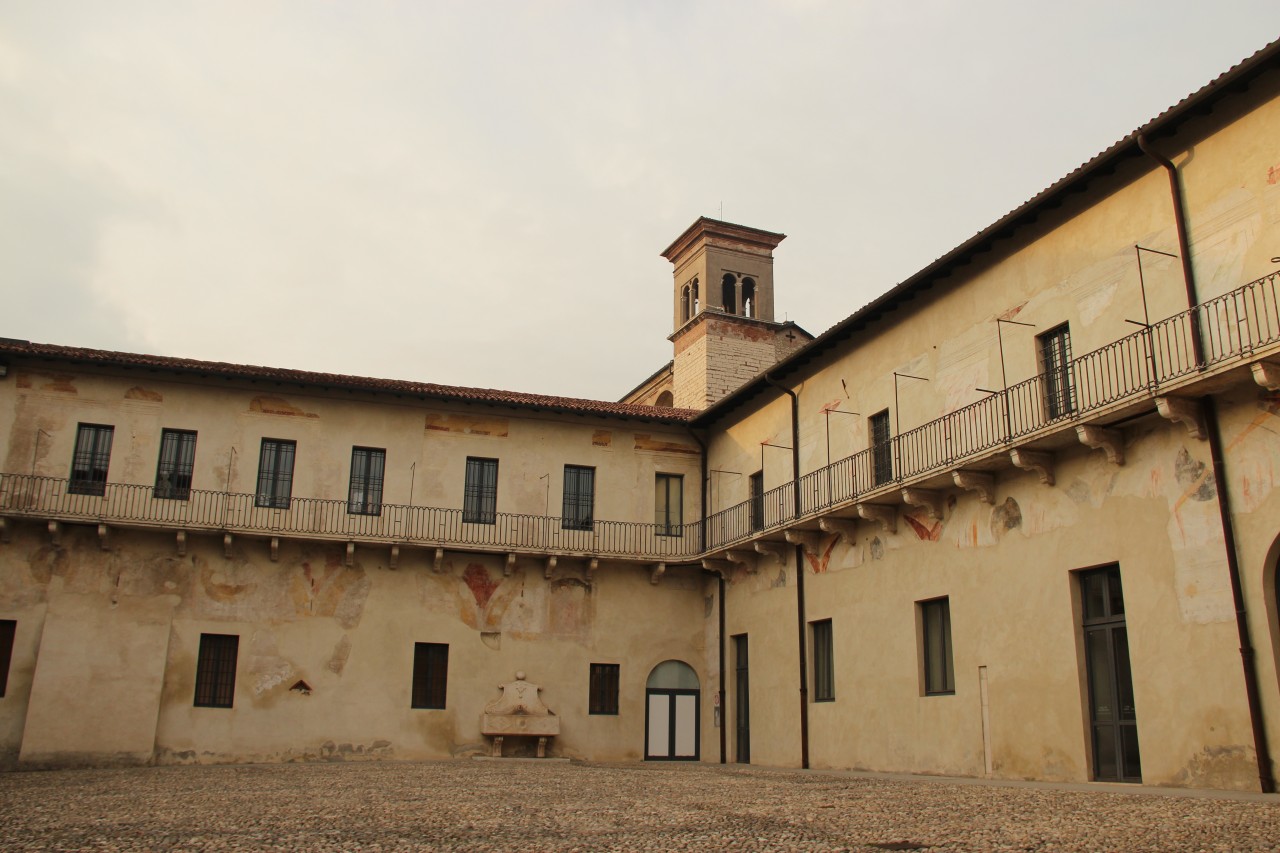



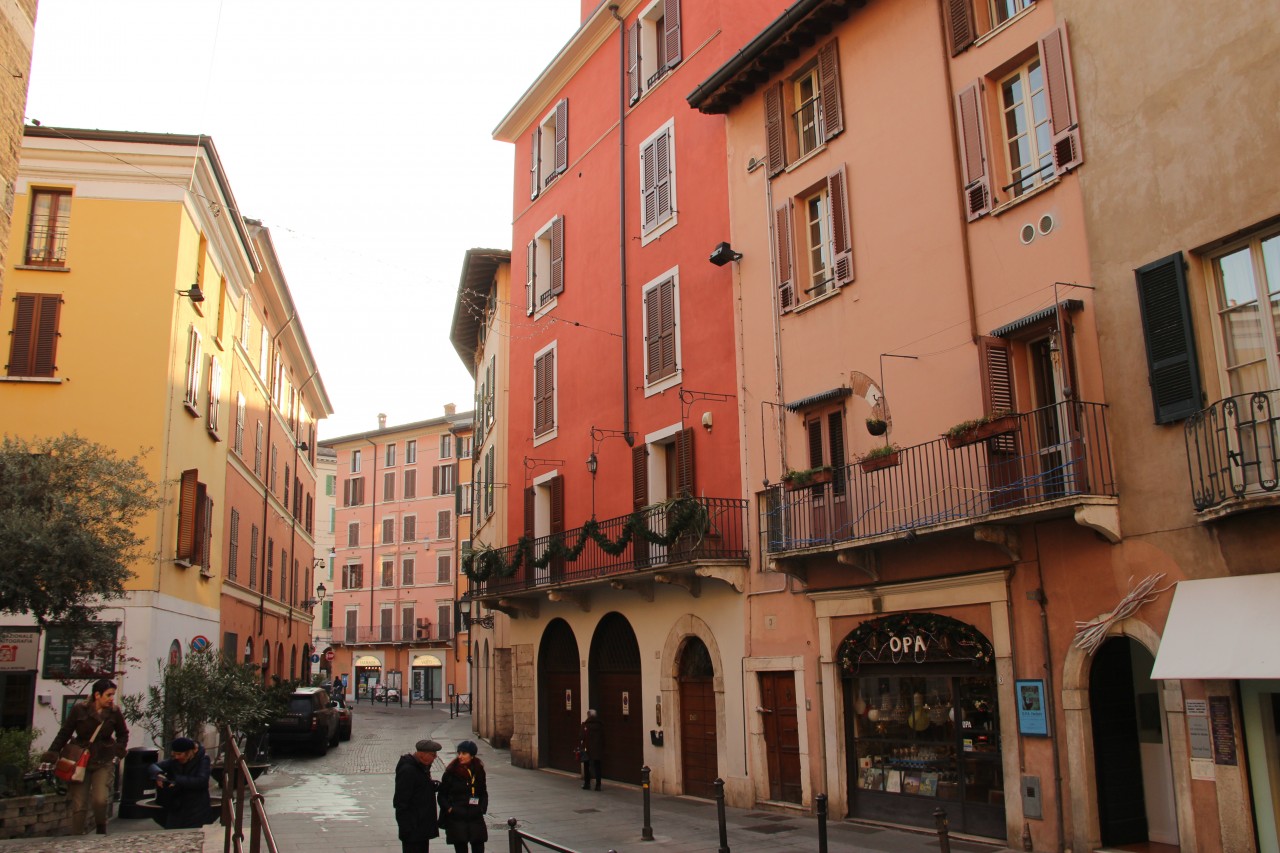
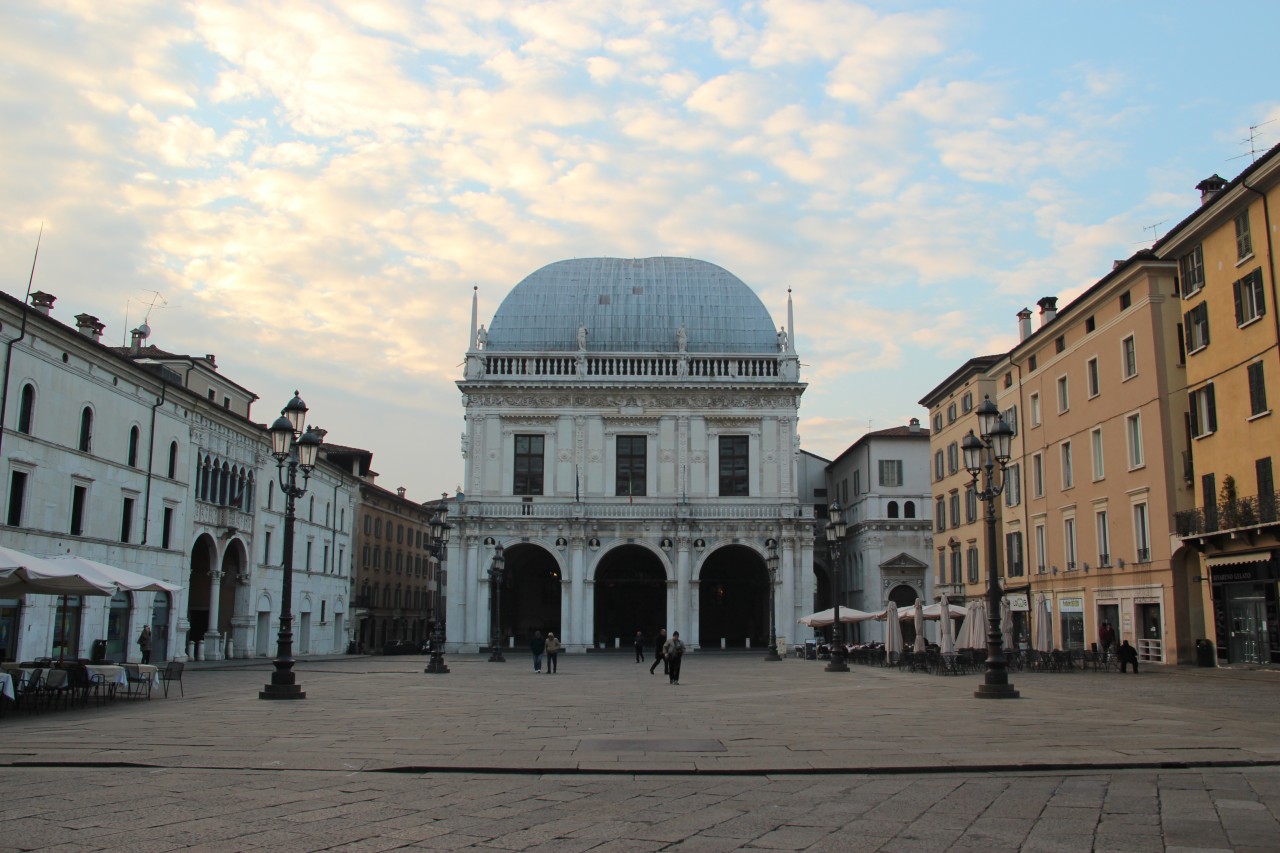


Top things to do in Brescia
First of all, I have to go back there soon to visit some monuments I had no time to discover last time, and these have the priority:
- The Visconti built the Brescia Castle, which now houses both a military museum and a Risorgimento one. It’s also surrounded by a park overlooking the city
- The Pallata tower, which I only saw briefly and from afar
- The city undergrounds, guided by volunteers of Brescia Underground
- The Museum Mille Miglia to retrace the history of this legendary vintage car race! The museum is housed in a Benedictine monastery, and then doubly deserves
- The monumental cemetery of Brescia, said Vantiniano, is one I want to visit with my blogger friend Claudia, who is a specialist in cemetery safaris!
Among the things I did visit … well, you should see them all! In detail and especially following the order of my visit:
- Piazza della Loggia is a large and beautiful square in Venetian style. I got there from a particularly dark, narrow alley and passed under the arch of the Tower Clock. I smiled, surprised by so much elegance and purity of line and style; in addition to the Palazzo della Loggia, now home to the City Council, the square houses the two ancient pawnbroking with their facades decorated with marble inscriptions from the Roman period and the clock with its automatons. During my stay, the arches and the square were lit for Christmas; at sunset, electric blue added magic to the place.
- The Church of Saints Faustino and Jovita, also called San Faustino Maggiore, has baroque frescoes (Tiepolo included!) and a fine example of Serliana.
- The Old Cathedral is a splendid example of a Romanesque rotunda known as the Rotonda. Passing the door, you can see the building’s historical layers, from the original paving of the early Christian foundation onwards. The crypt is also fascinating, and during my visit, it hosted an exhibition of nativity scenes.
- The New Cathedral, just a few meters from the previous one, is always in Piazza Paolo VI, whose official name would be the summer Cathedral of Santa Maria Assunta—an imposing seventeenth-century basilica with a soaring dome that recalls that of St. Peter in Rome. If you go this year, pay attention to the front door because it is one of the Holy Doors that Pope Francis wanted for the Jubilee. I entered pretty nervously, finding people in front of me too slow. They were probably reciting a prayer (I think the Creed) to cross the sacred threshold, but I realized it only once!



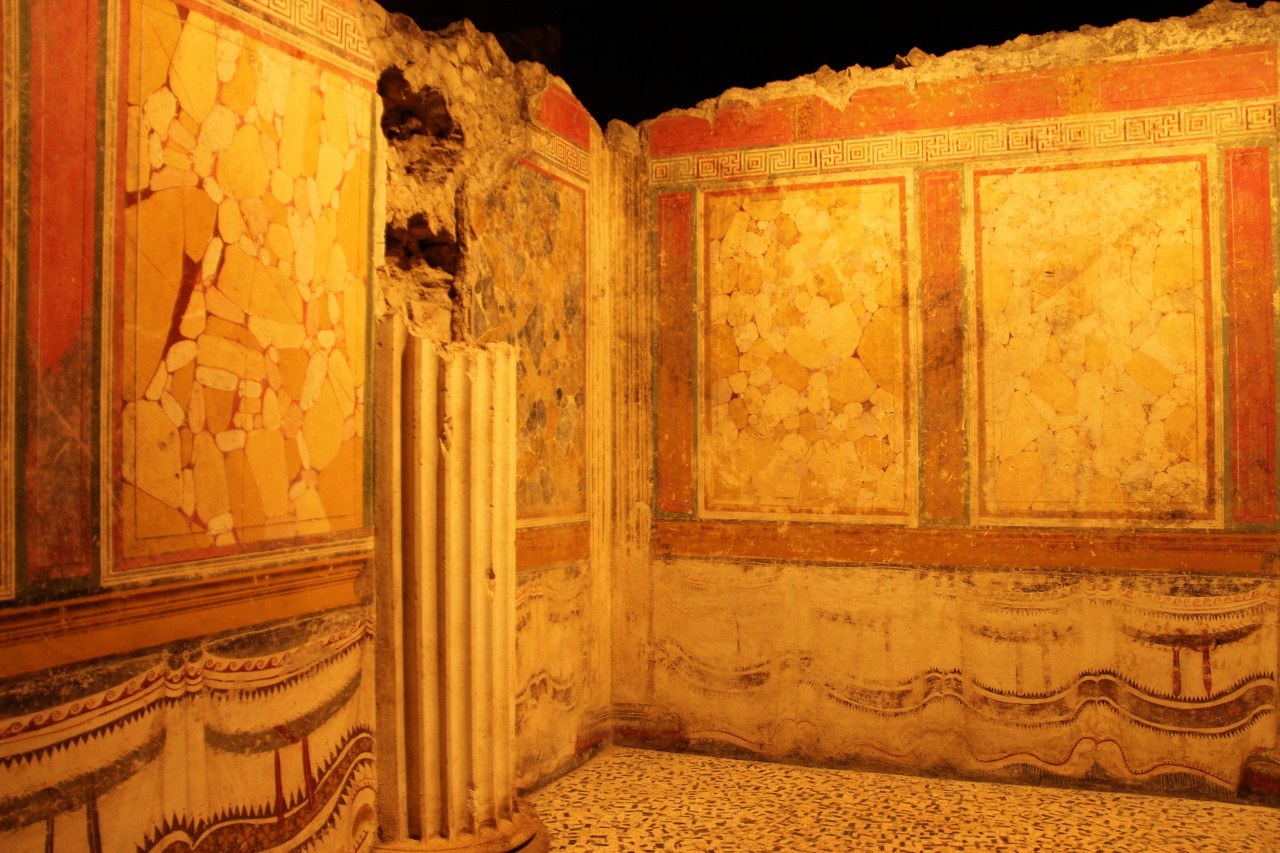


- The Roman Forum Square is a concentration of the Roman Empire outside of Rome! Close to the Forum, the majestic Capitol, the Capitoline temple built by Vespasian, was destroyed at the end of the fourth century and only rediscovered in 1823. From 2013, you can enter the temple and see parts of the original decoration and furnishings of the cells and original floors in coloured marble. A few meters away, you can also visit the large Roman theatre, which could accommodate 15,000 spectators! I knew nothing of this archaeological park, and it left me speechless. Also, thanks to the charming visit with Art Glasses, which tells you about Ancient Brixia and lets you see it. An actual archaeological show! However, the biggest surprise was the shrine of the late Republican period with the frescoed walls of the fourth cell, mosaic floors, and all the charm of a way of life that no longer exists …
- The City Museum, a monument consisting of the Benedictine monastery of San Salvatore and Santa Giulia, traces the history of Brescia from the Roman Brixia until the nineteenth century. I particularly loved the Roman Domus dell’Ortaglia, the oratory of Santa Maria in Solario, the basilica crypt, the Renaissance cloister, the Choir of the nuns, and the exhibition spaces on the upper floors.
If you plan to visit Brescia before February 15th, I recommend the “Marc Chagall, Russian years 1907-1924” exhibition, subtitled “with a painted tale by Dario Fo.” It’s worth it, even if you love only one of the two artists.
I also recommend visiting the Grand Theatre, which I will discuss in a dedicated post in the “A Night at the Opera” section!






Where to stay
I stayed at the Albergo Orologio, one minute’s walk from Piazza della Loggia, and had a romantic bedroom in the attic.
Where to eat
Given that Brescia is not suited to weight-loss diets, I recommend these restaurants:
- Osteria del Savio is a short walk from the Museum of the City. I ate a very special hamburger, excellent polenta, and delicious fried sage leaves, which I now cook at home, too!
- I had an excellent dinner at Trattoria Urbana Mangiafuoco. The selection of wines, cheeses, and meats is fantastic, and the risottos are a delight.
- Vineria Dolcevite, a charming little wine bar in front of the New Cathedral, whose motto is “Forgive my lips, they find joy in the most unexpected…”. They serve extraordinary sandwiches, and the fifties furnishing is lovely.
Getting there
I went by train because I love to move around by public transport, take my time, and look at the world more slowly, observing the landscape and people passing by.
I suggest you check the official website of Turismo Brescia for detailed information on how to get there, distances and valuable contacts to arrange your own trip.
A guide in Brescia?
Given the richness and the historical importance of the places to visit in Brescia, I suggest you rely on a guide. I was pretty impressed with Cristina.
